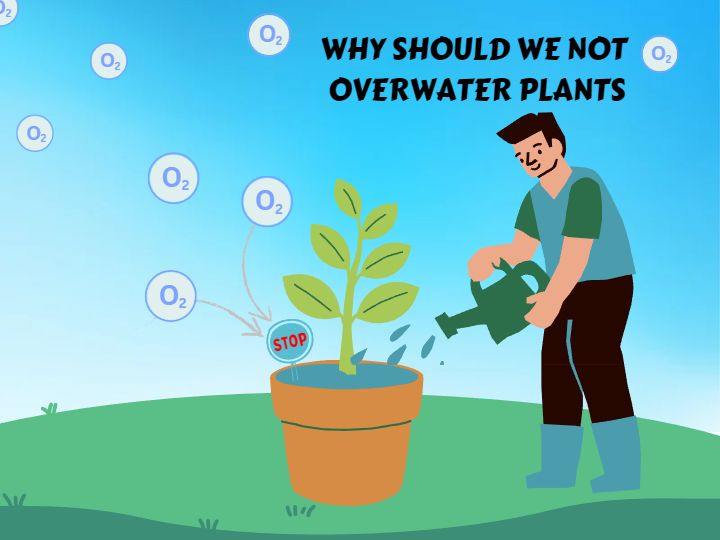Leaves primarily obtain oxygen through tiny pores called stomata, which are present on the surface of leaves. When the stomata are open, oxygen from the surrounding air diffuses into the leaf and reaches the cells through air spaces in the leaf tissue.
Roots cannot directly take in oxygen from the atmosphere like leaves. Instead, roots rely on oxygen that is present in the soil. Oxygen in the soil enters the roots from small air-filled spaces or air pockets within the soil called soil pores. Roots are covered in tiny root hairs that increase their surface area. These root hairs are in close proximity to air-filled spaces within the soil, such as pore spaces or air pockets. Oxygen in the air diffuses into these air-filled spaces and then into the root system.
Overwatering the potted plants can fill these air pockets with water. As the air gets replaced by the water, the roots do not get sufficient oxygen to breathe and they begin to rot, causing the plant to weaken or die. Moist conditions created by overwatering provide a favorable environment for the growth of harmful fungi and bacteria. These pathogens can attack the plant's roots, leading to root diseases such as root rot or damping-off. Damaged roots are less effective in taking up water and nutrients, further compromising the plant's health.

